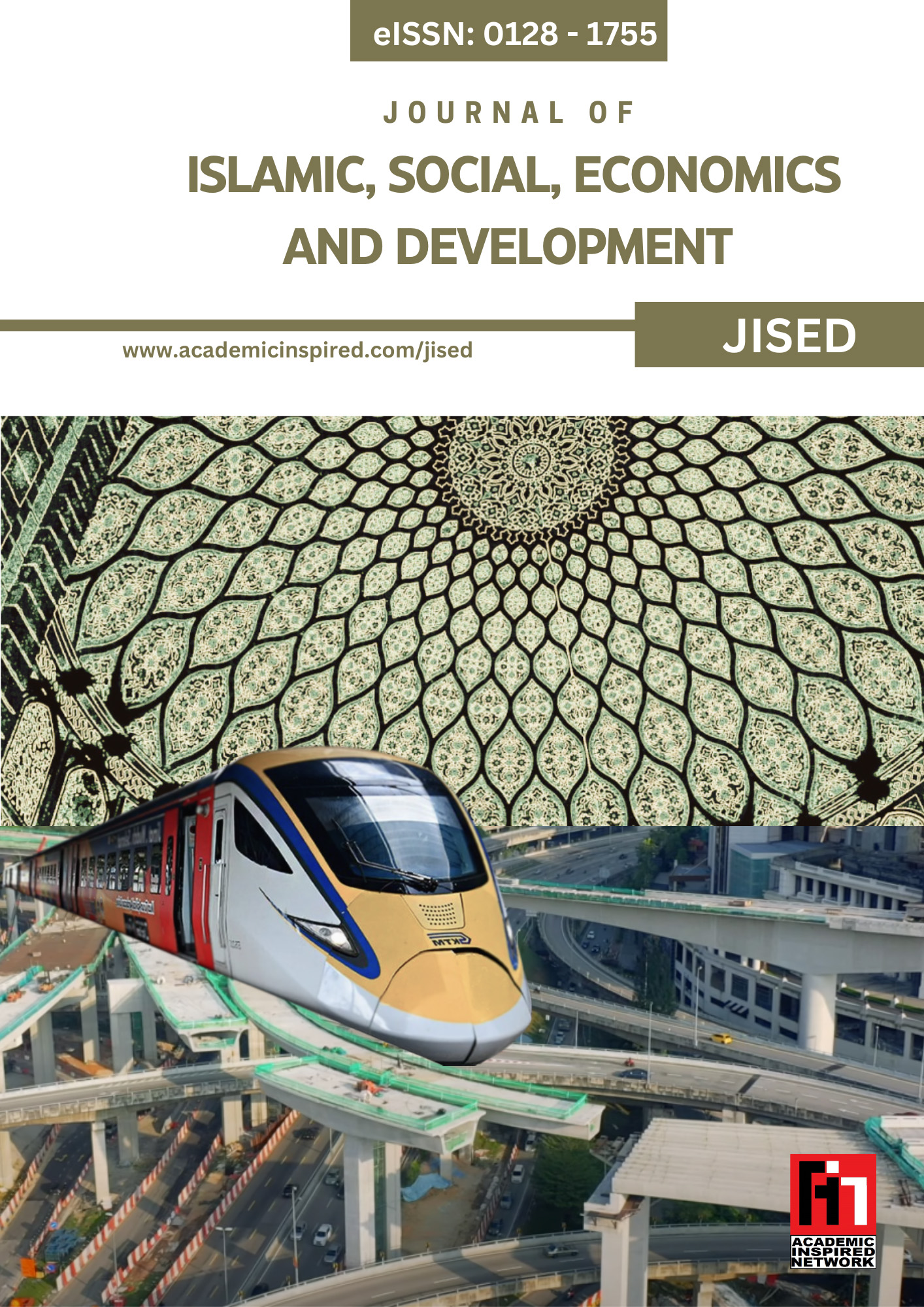Investigating the correlation between learning styles and vocabulary size among Mandarin learners at Universiti Sains Islam Malaysia (USIM): A case study.
Keywords:
Learners, Learning Styles, Mandarin, Universiti, Malaysia, Vocabulary SizeAbstract
Learning Mandarin is often regarded as a challenging and demanding endeavor, requiring learners to demonstrate strong commitment and invest significant effort to achieve success. However, previous studies have shown that many Mandarin learners encounter various difficulties, challenges, and negative experiences throughout the learning process. These obstacles can lead to frustration, disengagement, or even withdrawal from the course. This study investigates the correlation between learning styles and vocabulary size among Mandarin learners at Universiti Sains Islam Malaysia (USIM), utilizing Reid’s Learning Style Model (RLSM) as its theoretical framework. A fully quantitative approach was adopted, with surveys distributed digitally to undergraduate students enrolled in Mandarin language courses at USIM. A total of 189 questionnaires were distributed, and 176 valid responses were analyzed. All respondents were non-native speakers (Malay). Data analysis was conducted using SPSS, employing descriptive statistics, Pearson’s correlation analysis, and multiple regression analysis. The findings revealed that visual, kinesthetic, and tactile learning styles were the top preferences among USIM learners. Pearson’s correlation analysis determined that all six learning styles in RLSM had a significant correlation with vocabulary size. However, only visual, kinesthetic, and tactile learning styles were found to have a significant impact on learners’ vocabulary size. The findings provide practical implications for Mandarin language instructors and curriculum designers, emphasizing the importance of incorporating visual aids, hands-on activities, and tactile learning tools to support vocabulary acquisition. By addressing these preferred learning styles, educators can create more engaging and effective learning environments, ultimately fostering greater success and motivation among Mandarin learners.













